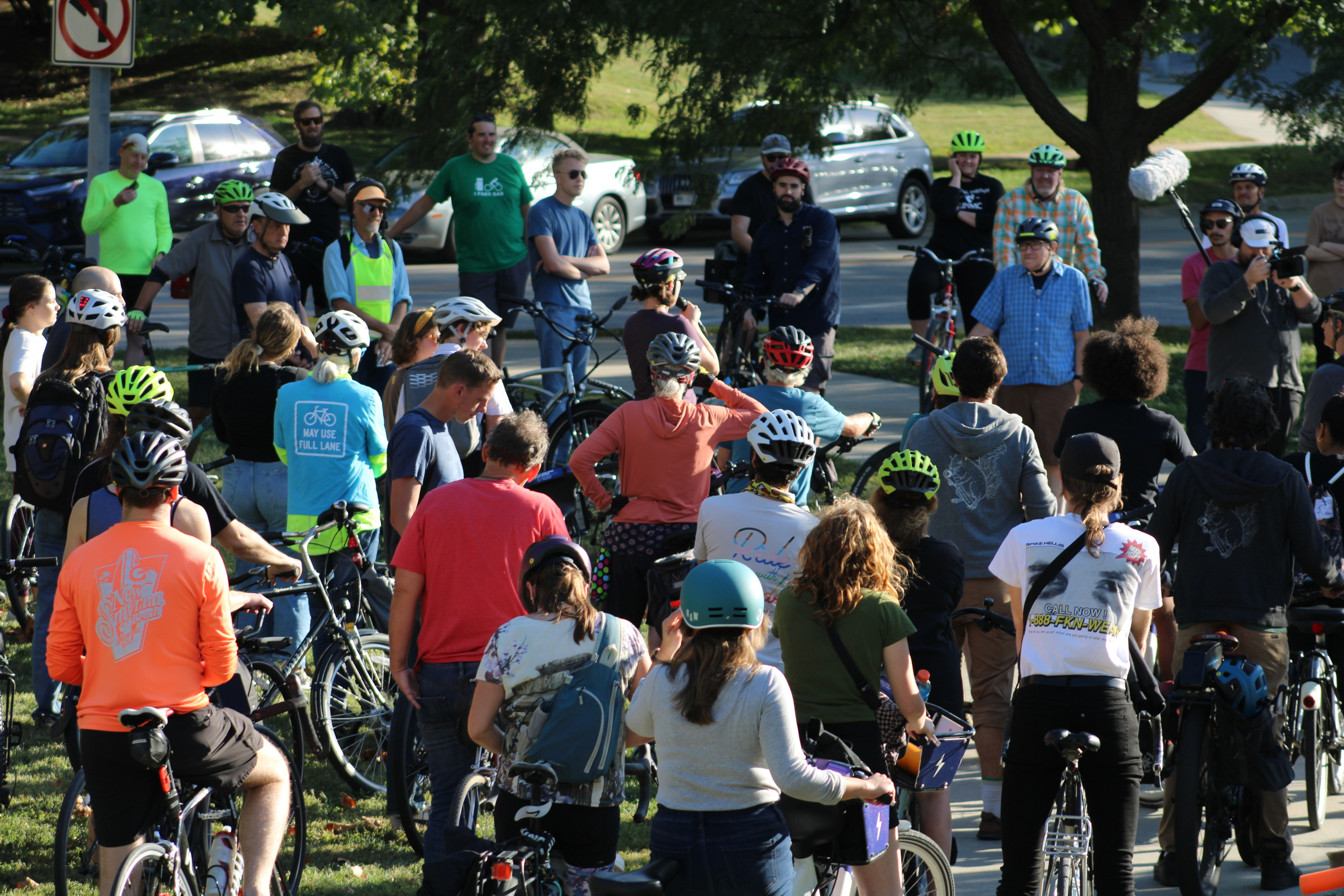
It’s been a few years since we sat down with Stephen Osberg to talk transit. He was last a guest at a coffee chat in 2016, when he was a planner for the City of Omaha. He joins us Friday, April 26th as our guest speaker, but now as the Director of Transportation Development for the Omaha Chamber of Commerce. This time around we asked him some additional questions to our usual five. Here’s what he had to say:
1. When it comes to our transportation network, what role does commerce play in bridging the equity gap?
We have a serious workforce challenge in the Omaha metro area. With a region-wide unemployment rate of about 2.6%, it can be a challenge for organizations to grow or even maintain their talent. It is clear, however, that there are pockets of the region with significantly higher rates of unemployment or underemployment. If we can reorient our transportation system to help people access educational opportunities and get to where the jobs are without the need to own/operate a car, we can help close the gaps on educational attainment and wealth while also helping growing businesses access talent.
2. Does the Chamber of Commerce have a position on LB 492?
The Greater Omaha Chamber testified in support of LB 492, a bill to authorize the establishment of regional transit authorities, at the Urban Affairs Committee hearing in February.
3. What are the barriers to expanding our biking infrastructure and how do we overcome those challenges?
In my view, the benefits of on-street bicycle infrastructure really come from having a connected network of facilities that provide a low-stress experience. It can be difficult for some people to see the value of constructing the infrastructure if it isn’t heavily used, which it likely won’t be until we have a full network built out that can help us get wherever we need to go while making us feel safe. You’ll hear this from me a lot, but I think we need to design the system and then take proactive steps to implement it rather than adding facilities in a piecemeal fashion.
4. Cities like Kansas City and Des Moines have made pedestrian infrastructure a priority, what could we change in Omaha to improve our approach to walking?
We just need to remember that nearly everyone walks at some point. Improvements to the pedestrian realm are improvements the quality of all our lives.
5. ORBT is scheduled to roll out in April of next year, if you ran the zoo, what would be your ideal follow-on project after the first ORBT line is active?
The first transit system improvement I’d like to see after the arrival of the Dodge Street ORBT is an increase in frequency to all the bus routes that serve the urban core. It’d be great to see buses arriving every 10-15 minutes on more of the routes. Regarding premium transit, I’d like to see a plan for the ultimate system of rapid transit lines that will touch all parts of the metro area. We can figure out the order of implementation after we’ve got the system designed.

